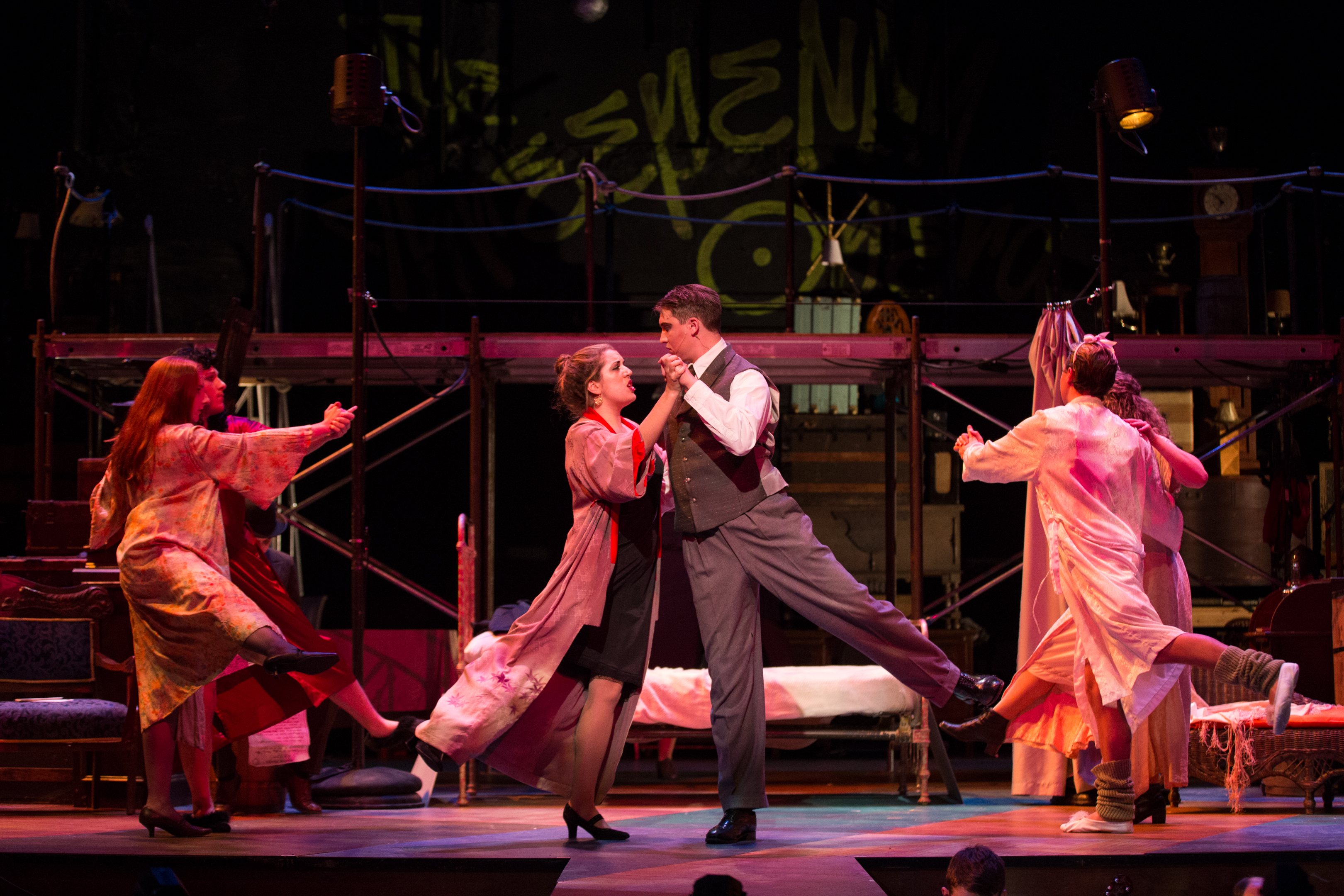



A singspiel (in which much of the text is sung, but not all) by the Brecht/Weill team resulted, celebrating lowlifes and hoodlums, centering on the characters such as Mackie Messer (Mack the Knife), an unglamorous crook with dreams of glory. As he wrote in a 1927 essay, Weill wanted composers of opera to address a wider, less “high brow” audience. The two collaborators, but especially the leftist Brecht, held to a belief that “high” and “low” culture were artificial and based on class distinctions. It is a compelling and surprising mixture of old and new, lowbrow and highbrow, sophistication and pure street grit.īrecht was inspired to create a new opera after attending a wildly popular London revival of John Gay’s 1728 Beggar’s Opera – a work unique for its use of popular music of the day, and singular because it was an everyday story of two then-famous criminals (hardly the elevated stuff of Purcell’s Dido and Aeneas or Handel’s Julius Caesar from the same era). The partnership between Kurt Weill (1900-1950) and Bertolt Brecht (1898-1956) was as significant as any musical pairing in the 20th century, and their masterwork, The Threepenny Opera, was a collaboration which few have equaled since.


 0 kommentar(er)
0 kommentar(er)
